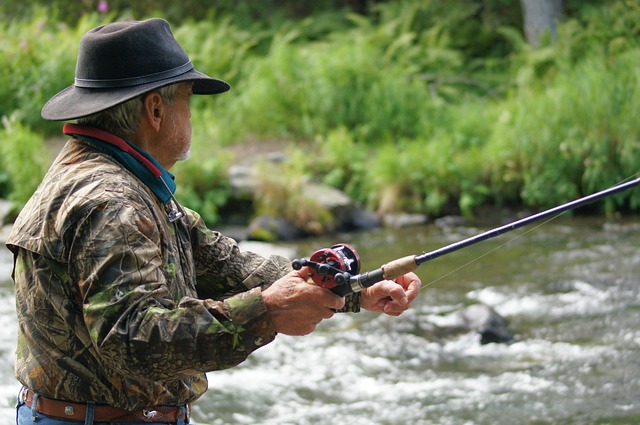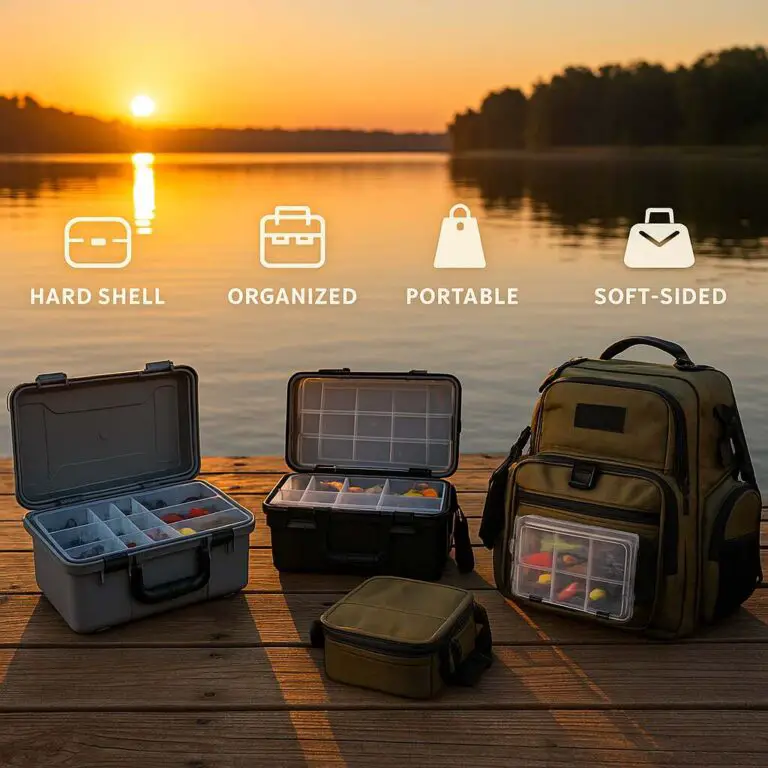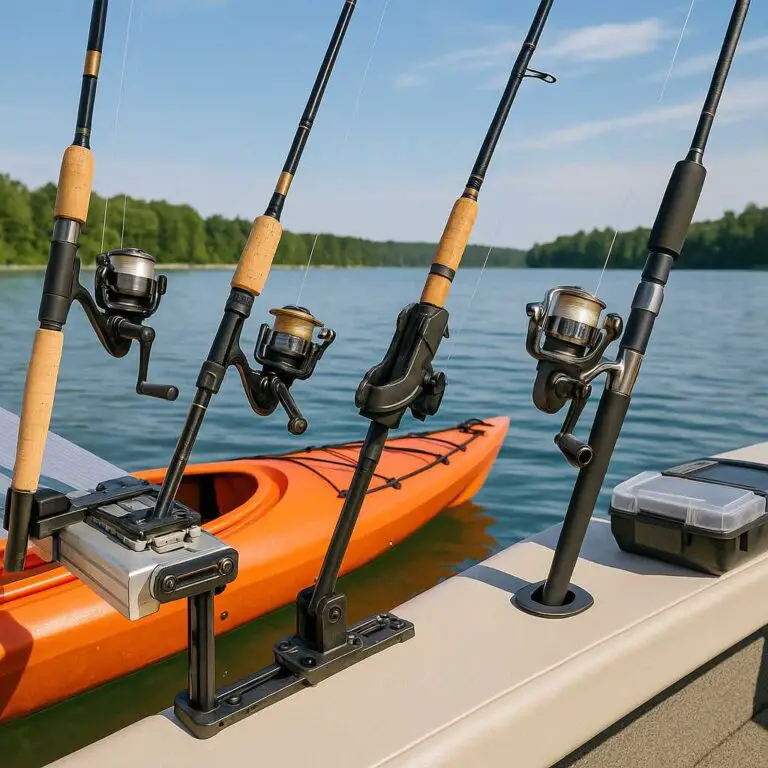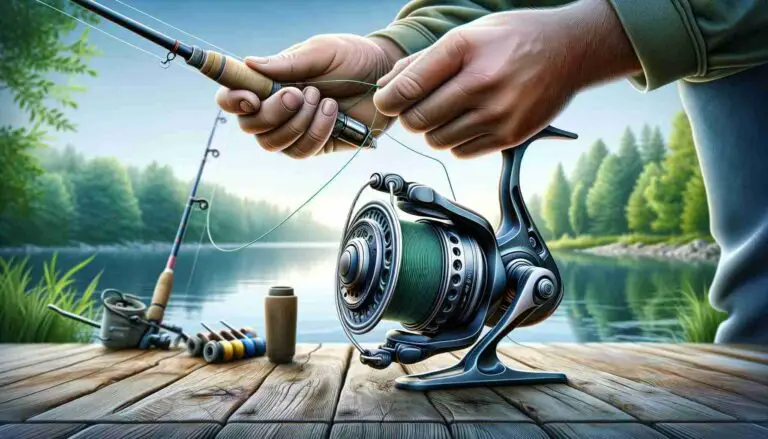Canal bass fishing can be an incredibly rewarding experience for any angler. Canals offer a unique and challenging environment that requires the right techniques and tips to catch bass successfully. In this article, I’ll provide you with comprehensive canal bass fishing tips to help you catch more fish and improve your chances of success.
I’ll cover everything from research and preparation to understanding the behavior of canal bass, and the best tactics and techniques for catching them. So, whether you’re a seasoned angler or just starting, read on to learn how to become a successful canal bass angler.
Research and Preparation
Before hitting the water, it’s crucial to research and prepares for your canal bass fishing trip. The following tips will help you ensure you have everything you need for a successful outing:
- Checking the weather and water conditions: The weather and water conditions play a significant role in canal bass fishing. Check the forecast and the water levels to ensure that they are favorable for fishing.
- Identifying the best time to fish: Canal bass tend to feed actively during specific times of the day. Typically, early morning and late afternoon are the best times to fish for canal bass. However, depending on the location and time of year, this can vary.
- Choosing the right bait and lures: Canal bass can be picky about what they eat. Make sure you have a variety of lures and bait to try, such as topwater lures, jigs, soft plastics, and crankbaits. You may want to consider the season and the location when choosing your lures.
- Gear selection for canal bass fishing: Selecting the right gear is essential for canal bass fishing. You’ll need a medium-heavy rod, a reel with a high gear ratio, and a strong and durable fishing line. Make sure to check your equipment before heading out to avoid any last-minute surprises.
Understanding the Behavior of Canal Bass
Understanding the behavior of canal bass is key to successful fishing. Here are a few things to keep in mind:
- Identifying the feeding patterns of canal bass: Canal bass are opportunistic feeders and will eat a variety of prey, including minnows, crayfish, and insects. However, they tend to feed more actively during low-light periods, such as early morning or late afternoon.
- The preferred location for canal bass in canals: Canal bass can be found in various locations within the canal, including near structures like bridges, culverts, and drop-offs. They may also be found in deeper water during warmer months.
- The best techniques for catching canal bass: To catch canal bass, you need to use the right techniques. Try using a slow, steady retrieve, or a stop-and-go retrieve with your lures. You can also try using a drop shot rig or a Carolina rig, which are both effective for canal bass fishing.
You can increase your chances of catching more fish by understanding the feeding patterns and preferred locations of canal bass. And by using the right techniques, you can make your lures more attractive to canal bass and improve your chances of success.
Top Canal Bass Fishing Tips
Here are 7 top canal bass fishing tips to help you increase your chances of success:
- Fishing during low-light periods: As mentioned earlier, canal bass tend to feed more actively during low-light periods, such as early morning or late afternoon. Consider planning your fishing trip around these times to increase your chances of catching more fish.
- The importance of stealth when fishing for canal bass: Canal bass can be skittish and easily spooked. So, try to be as quiet as possible and avoid making any sudden movements when fishing for canal bass.
- Knowing when to set the hook: Setting the hook at the right moment can make all the difference when fishing for canal bass. Wait until you feel the fish pulling on your line before setting the hook. Setting the hook too early may cause the fish to let go of the bait or lure.
- Using weedless lures to avoid snagging: Canals can have a lot of debris and vegetation, which can cause your lures to snag. Using weedless lures can help you avoid this problem and keep your lure in the water longer, increasing your chances of catching more fish.
- Proper retrieval techniques for different lures: Different lures require different retrieval techniques. For example, topwater lures require a steady retrieve with occasional pauses, while jigs require a more subtle and slow retrieve. Learn the best retrieval techniques for the lures you’re using to increase your chances of success.
- Keeping your bait and lures clean and fresh: Canal bass can be picky eaters, and they may not bite if your bait or lure is dirty or stale. Make sure to keep your bait and lures clean and fresh to maximize your chances of catching more fish.
- Being patient and persistent when fishing for canal bass: Canal bass fishing can be challenging, and it may take some time to catch your first fish. Be patient and persistent, and don’t give up too quickly. Keep trying different techniques until you find what works best for you.
Canal Bass Fishing Tactics
Here are 5 canal bass fishing tactics to try:
- Topwater fishing: Topwater lures can be effective for catching canal bass, especially during low-light periods. Try using a popper or a walking bait to entice the bass to strike.
- Flipping and pitching: Flipping and pitching are effective techniques for targeting bass in tight spaces, such as under bridges or near culverts. These techniques involve dropping the bait or lure directly into the targeted area.
- Drop shotting: Drop shotting is a finesse technique that can be effective for catching canal bass. This technique involves suspending the bait or lure above the bottom, which can entice the bass to strike.
- Carolina rigging: Carolina rigging is a popular technique for fishing in deeper water. This technique involves using a sliding weight and a leader with bait or lures attached to it. The weight keeps the bait or lures close to the bottom, making it more attractive to bass.
- Jigging: Jigging is a versatile technique that can be effective for catching canal bass. This technique involves bouncing a jig along the bottom, which can mimic the movement of a crayfish or other prey.
Try these different tactics to see what works best for you and the canal bass you’re targeting. Be sure to adjust your approach based on the location, weather conditions, and time of day to maximize your chances of success.
Conclusion
Canal bass fishing can be a challenging but rewarding experience for any angler. By researching and preparing before your trip, understanding the behavior of canal bass, and using the right techniques and tactics, you can increase your chances of catching more fish and make your fishing experience more enjoyable.
Remember to check the weather and water conditions, choose the right bait and lures, and select the right gear for canal bass fishing. Understand the feeding patterns and preferred locations of canal bass, and use the right techniques for the lures you’re using. Try different tactics, such as topwater fishing, flipping and pitching, drop shotting, Carolina rigging, and jigging, to see what works best for you and the canal bass you’re targeting.
By being patient and persistent, keeping your bait and lures clean and fresh, and adjusting your approach based on the conditions, you can increase your chances of catching more canal bass. So, get out there, enjoy the experience, and catch some fish!
Read my essential summer pond fishing guide and learn how to catch more bass during summer!








